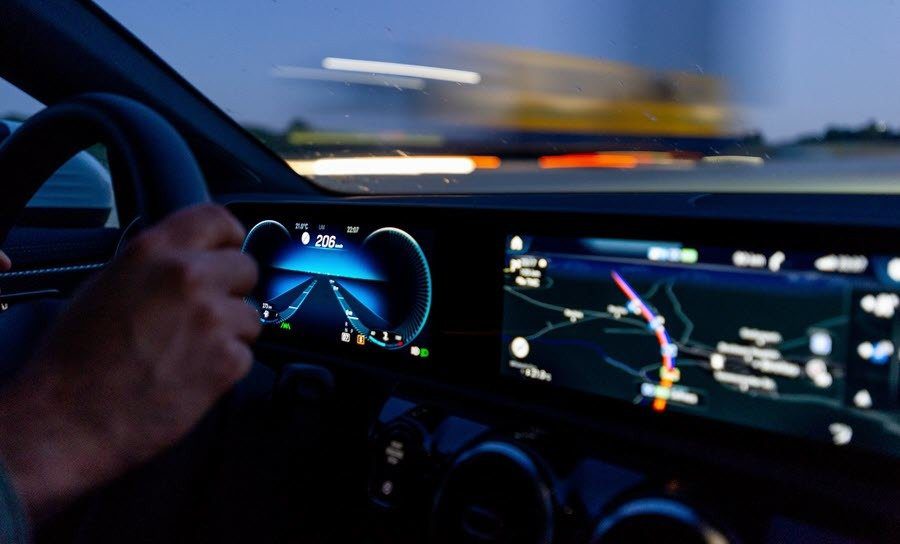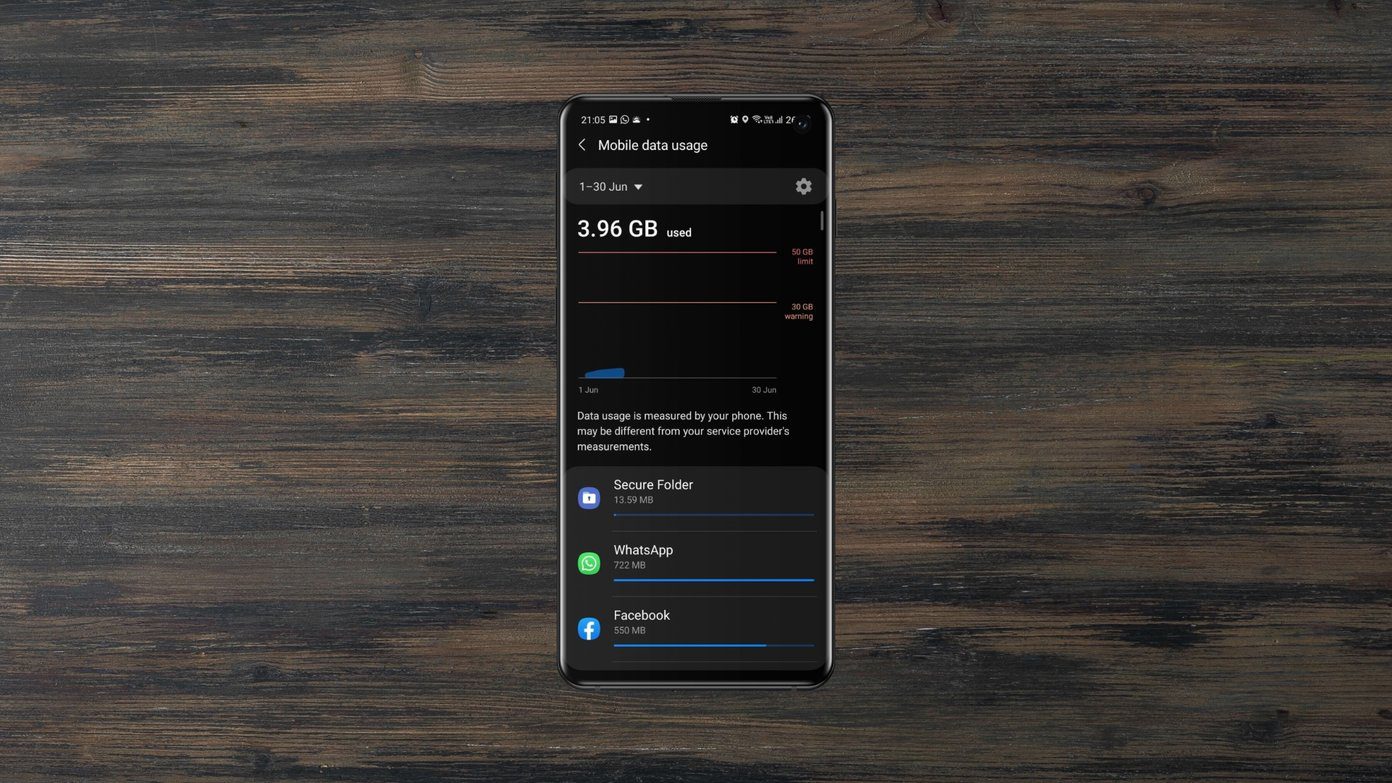Back in the day when owning a computer was a privilege in itself, people shared a single computer where every user had its own profile. For a long time, a similar feature was missing in Android phones but things changed for good in 2014 when Google introduced multiple users with Android 5.0 Lollipop update.
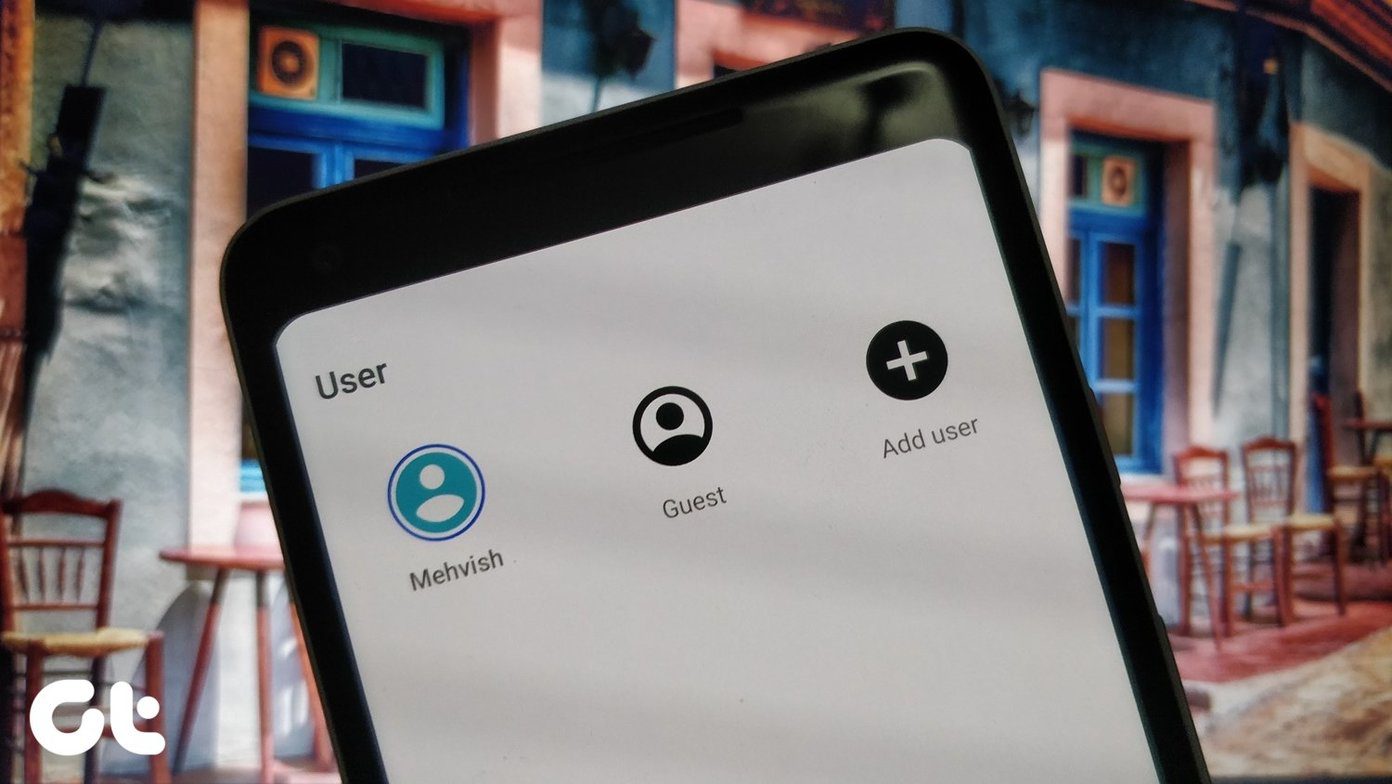
Now, the feature is an essential part of every Android phone and tablets too — which reaped its benefits long before phones. So what is this feature and how does it work on Android? You will get all the answers here along with the reasons why you should start using this feature.
Let’s get started.
What Are User Profiles on Android
User profiles let you share your Android device (phone or tablet) with others without sharing any personal data. When you create a new user or guest profile, it’s exactly like creating another user account on your Windows-based PC. Each user gets an individual space linked to their own Google account where they have a different home screen, apps, settings, files, messages, and more.
There are three types of profiles — admin (owner of the phone), users, and guests.

What’s Shared and What’s Not
Be careful about the following things since they are shared with others:
- App updates for common apps
- Incoming phone calls
- Storage usage
- Data usage
Here are the things that aren’t shared:
- Files (photos, videos, music, etc.)
- Installed apps
- App data such as chats, history, etc.
- Notifications
- SMS
- Uninstallation of apps
- Contacts and call history
For instance, if you have installed Netflix on your own profile, it will not be available on other profiles. However, if another user also installs Netflix, both of you will be able to update the app. But that doesn’t mean your Netflix watch history will be available to other users. Similarly, uninstalling Netflix from your own profile will not uninstall it from other users.

Now that you know a bit about user profiles, here are 11 reasons to use it.
1. Enjoy Your Private Space
Let’s say you love watching TikTok compilation videos on YouTube. Now imagine when your friend checks YouTube on your phone, and he/she gets ‘Best TikTok videos’ in suggestions. You get the hint. I would not wish that kind of embarrassment on even my enemies.
With multiple users, you are saved from such awkward moments for all your data (documents, videos, music, chats, etc.) including the synced app data is separate for each profile.
2. Keep Your Data Safe
If you have younger siblings or kids, they would usually pounce on your phone to play a game or watch a video on YouTube. While that’s okay, but phones nowadays hold important data. Any accidental tap will make us lose valuable content.

Even though Android phones come with an app pinning feature, it’s not entirely helpful for it’s easy to leave it and use other apps. But with multiple users, all your data is free from those tiny and dangerous hands for a new profile will not have access to your data.
3. Lock Your Content
What would be the use of multiple profiles if you couldn’t secure it? Android phones and tablets offer multiple ways to lock the screen such as pattern, pin, and password. Each user can choose a different unlock method to keep their data safe from prying eyes.
4. Be My Guest
User profiles are helpful when a family member or a friend regularly use your phone. What about situations when you need to share your phone for a short time? Meet guest profiles. A guest profile is for one-time users who use the phone for a while, and you don’t need to create yet another space.
Similar to user profiles, guest profiles have a separate space with no access to any data (installed apps, photos, videos, messages, etc.) of yours.
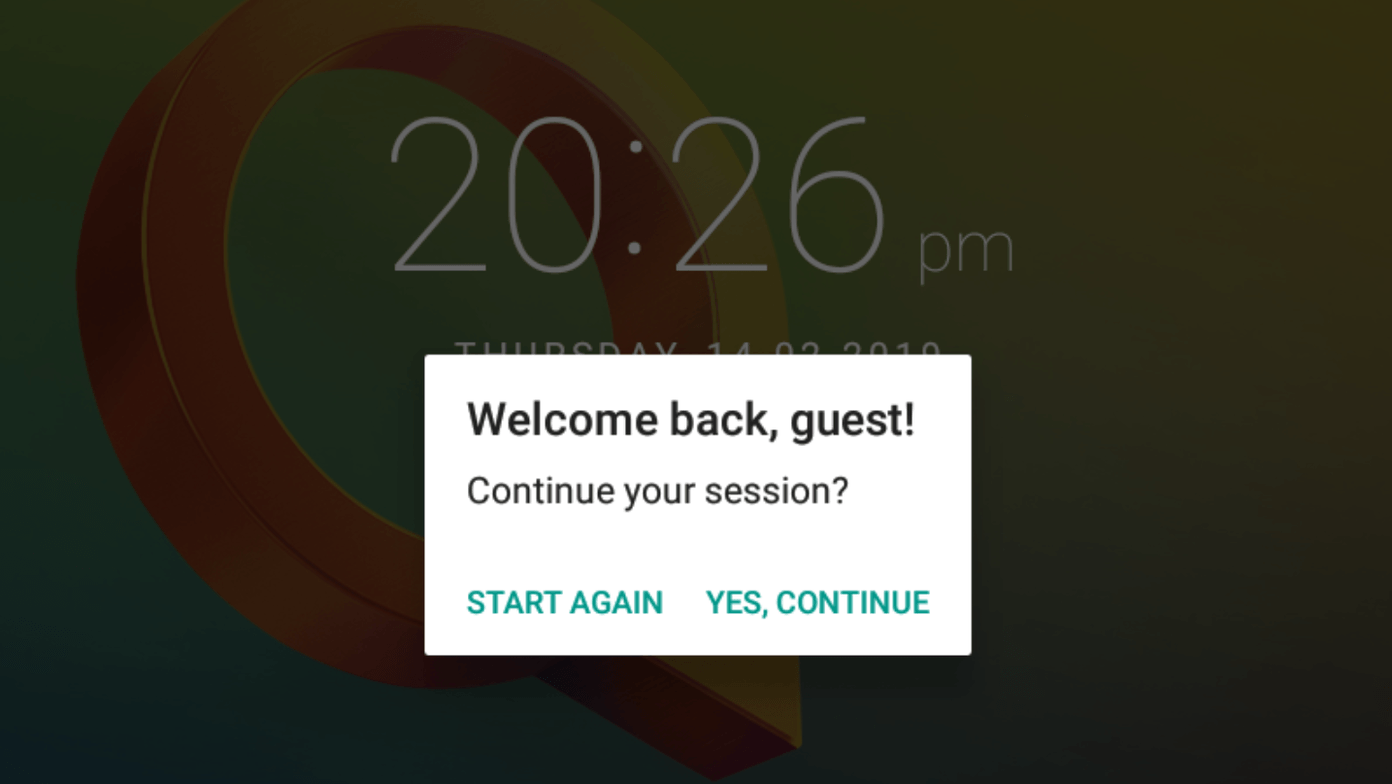
Guest profiles have several benefits over normal user profiles. Firstly, they are temporarily making it easy to delete them and start over for a new guest.
Secondly, guests can easily remove themselves once they are done using a phone. The feature can be quite handy when you want to use someone’s phone for a short time.
5. Restrict Content (Tablets Only)
Both user and guest profiles lack admin control for anyone using the phone through either of those profiles is free to browse any website, install apps, see mature content, etc. What if we want to restrict the usage to just a few apps or disable browsing for kids? For such situations, you can take advantage of restricted profiles.
With that, you can control the features and contents the profile is allowed to access. The feature is limited to the Nexus family of tablets only.
6. Don’t Let Time Stop You
Users other than guests need to add their Google account to set up their user profile. Sometimes, the user for which we are creating a profile isn’t with us so adding a Google account could be an issue, but that doesn’t mean you cannot keep a profile ready.
While creating a new user, you will be asked whether you want to set up the account right away or later. Tap on Not now. By doing this, the user profile will be created, but the user can set up it later.
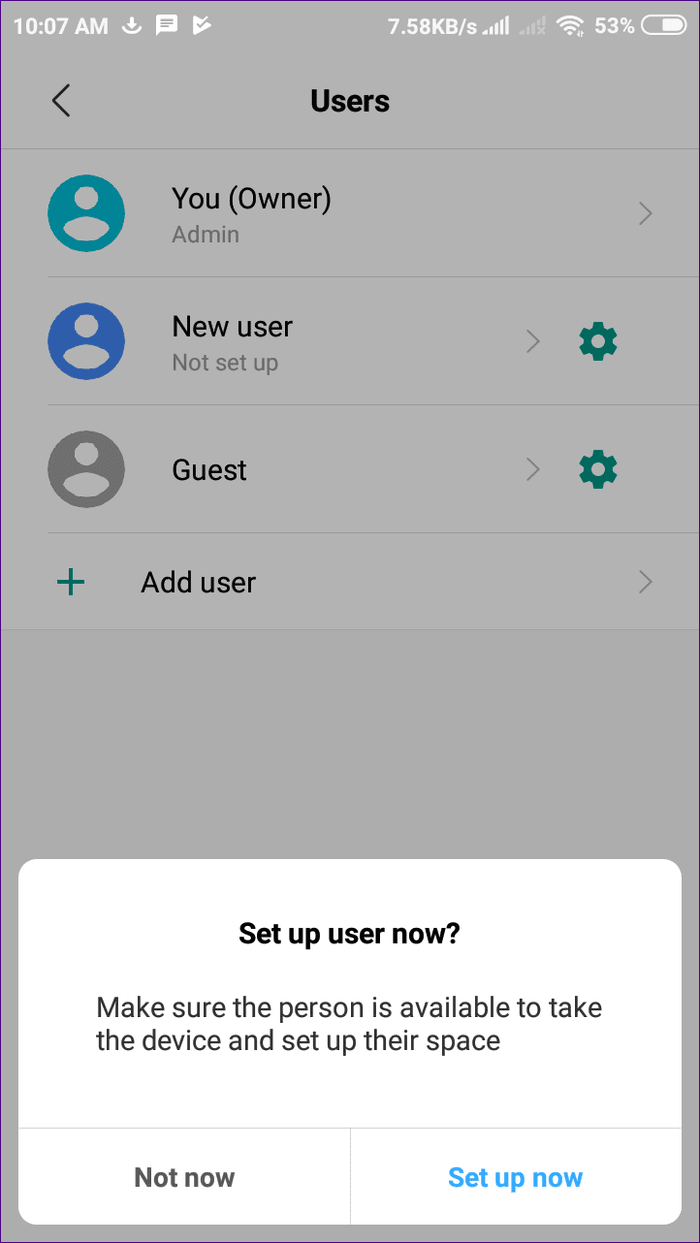
7. Switch Profiles Easily
Any time a person asks for your phone, you don’t have to dig down into the settings to switch profiles for you can quickly do it right from any screen or even lock screen.
To do it from any screen, swipe down from the top to open the notification panel. Here tap on the tiny user icon and select a different user profile.

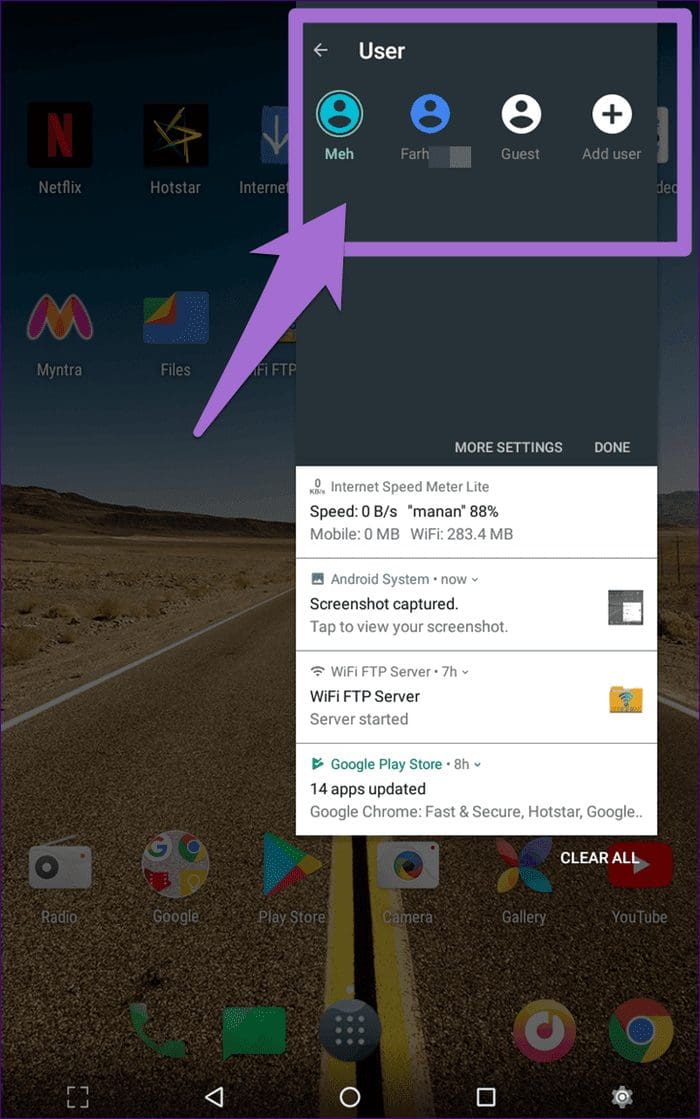
To switch profiles from the lock screen, tap on the user icon usually present at the top-right corner.
8. Add Users from Lock Screen
Not only can you switch between profiles from the lock screen, but you can also add users directly from it.
For that, you need to first enable the Add users from lock screen setting. The setting location may vary. On some devices, it is present under Settings> Security and Location > Lock screen preferences, and on others, you will find it under Settings > Users.
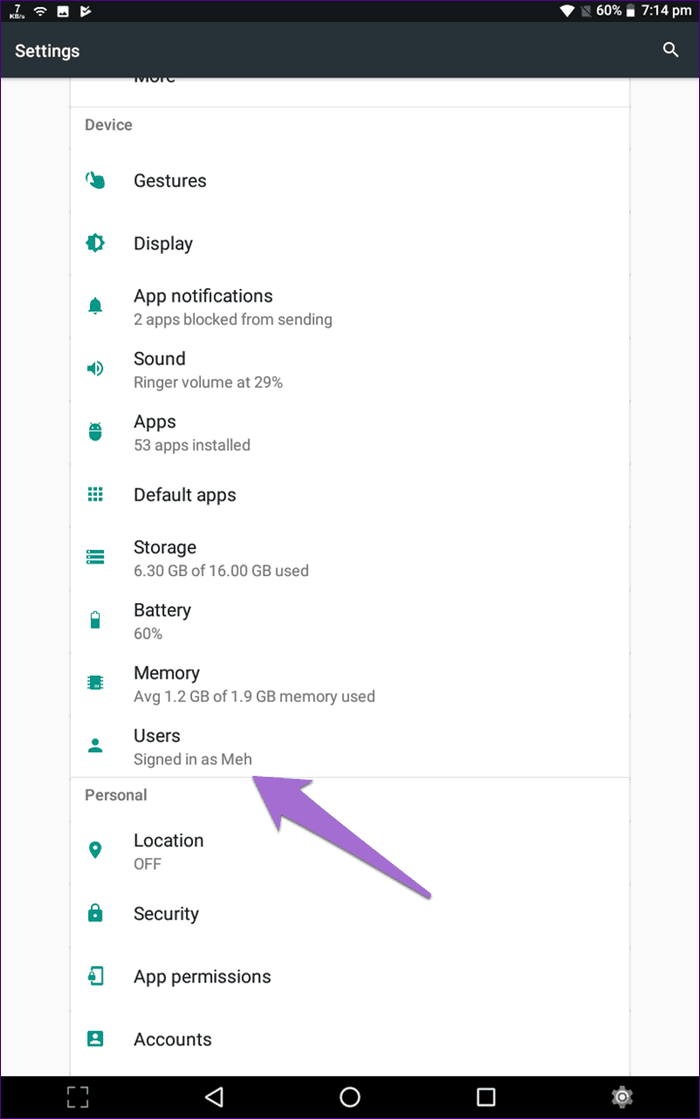

9. View Storage and Data Quota
While profiles have their own individual space, they share the same device storage. So if your device has 6GB free storage, and you add a 1GB movie, the total available space for all users will be reduced to 5GB.
Now if your device is running low on memory, one might think it would be a confusing task to find out the owner occupying the maximum storage. But that’s not the case for users can easily check the amount of space occupied by other users. To do that, go to Settings > Storage. You will find details from different profiles under Other users.

Similarly, you can check other users Wi-Fi and mobile data usage under Settings > Data usage.
Note:10. Restrict Calls and SMS
By default, user profiles can only receive calls. They aren’t able to make calls and send or receive SMS. Any text message received when a different profile is logged in will be shown to the phone owner when he/she logs in. However, if the phone owner wants, they can enable phone calls and SMS for each user profile separately.
For that, go to Settings > Users. Tap on the setting gear icon next to the username. Then enable the toggle for Turn on phone calls & SMS.


11. Admin Has the Supreme Power
Users and guest profiles cannot create or add users. The power lies solely with the phone owner. So you don’t need to worry about a user creating a new profile.
What’s the Catch?
As apparent, each profile takes up separate space for apps and files both. So more users will lead to less storage, which in turn affects the device performance. Moreover, all the profiles are simultaneously running in the background too affecting the overall device performance. Therefore, be careful and don’t go crazy with creating multiple profiles.
Next up: Love using gestures? Check these 5 hidden gestures on Android.
Was this helpful?
Last updated on 03 February, 2022
The article above may contain affiliate links which help support Guiding Tech. The content remains unbiased and authentic and will never affect our editorial integrity.



